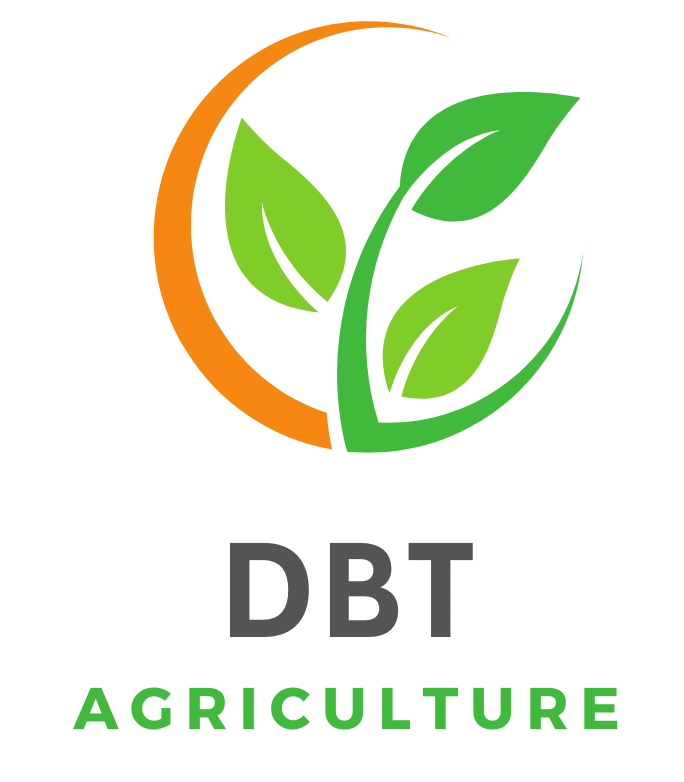
Mortgage underwriting, a critical phase in the loan approval process, involves assessing borrowers’ financial profiles and property details to determine loan eligibility. Amidst this evaluation, several legal aspects come into play, shaping the underwriting process and influencing lending decisions. Here’s an exploration of the legal dimensions within mortgage underwriting:
- Compliance with Regulatory Standards: Mortgage underwriting is governed by a multitude of regulations aimed at ensuring fair and responsible lending practices. Attorneys and underwriters work in tandem to adhere to federal laws such as TILA, RESPA, Equal Credit Opportunity Act (ECOA), and Fair Housing Act. Compliance with these laws is non-negotiable and shapes the underwriting criteria.
- Documentation and Due Diligence: Legal requirements mandate thorough documentation and due diligence during underwriting. Attorneys emphasize the need for accurate and transparent documentation regarding borrowers’ financial status, property appraisals, title searches, and other pertinent details. This meticulousness aids in risk assessment and compliance.
- Fair Lending Practices: Underwriters must uphold fair lending practices and avoid discriminatory practices prohibited by law. Attorneys advise on developing underwriting criteria that are non-discriminatory and align with fair lending laws to ensure equal opportunities for all qualified borrowers.
- Risk Assessment and Fraud Prevention: Legal oversight in underwriting involves assessing risks and preventing fraudulent activities. Underwriters, guided by legal counsel, analyze borrower information to detect inconsistencies or signs of potential fraud. This proactive approach helps mitigate the risk of fraudulent loans.
- Consistency and Non-Discrimination: Legal guidance ensures underwriting decisions are consistent and based on objective criteria. Underwriters must avoid arbitrary decisions and adhere to predefined standards, preventing potential legal challenges related to discriminatory practices.
- Regulation of Underwriting Guidelines: Attorneys assist in creating and modifying underwriting guidelines that align with regulatory requirements. These guidelines cover borrower qualifications, credit assessments, debt-to-income ratios, and property valuation criteria, ensuring compliance and minimizing legal risks.
- Consumer Protection and Transparency: Underwriters and attorneys prioritize consumer protection by emphasizing transparent communication throughout the underwriting process. This includes providing clear explanations of underwriting decisions, loan terms, and ensuring borrowers are informed and protected against predatory practices.
- Mitigating Legal Risks: Attorneys and underwriters collaborate to minimize legal risks associated with underwriting decisions. This involves thorough reviews, adherence to established protocols, and documentation of the rationale behind lending decisions to mitigate potential legal disputes.
Mortgage underwriting, while primarily focused on assessing risks and determining loan eligibility, intertwines legal considerations that shape lending decisions. The collaboration between attorneys and underwriters ensures adherence to regulatory standards, fair lending practices, and mitigates legal risks, fostering a transparent and compliant underwriting process.
